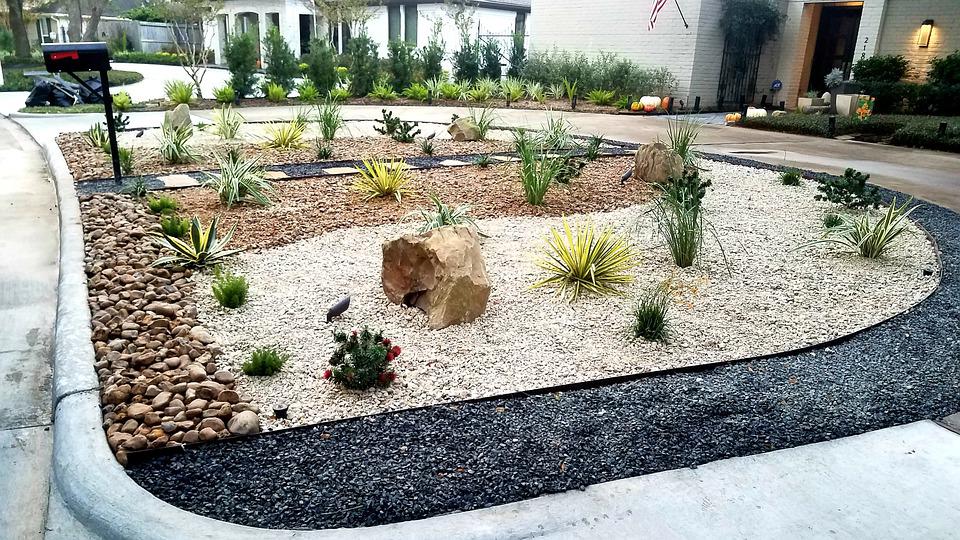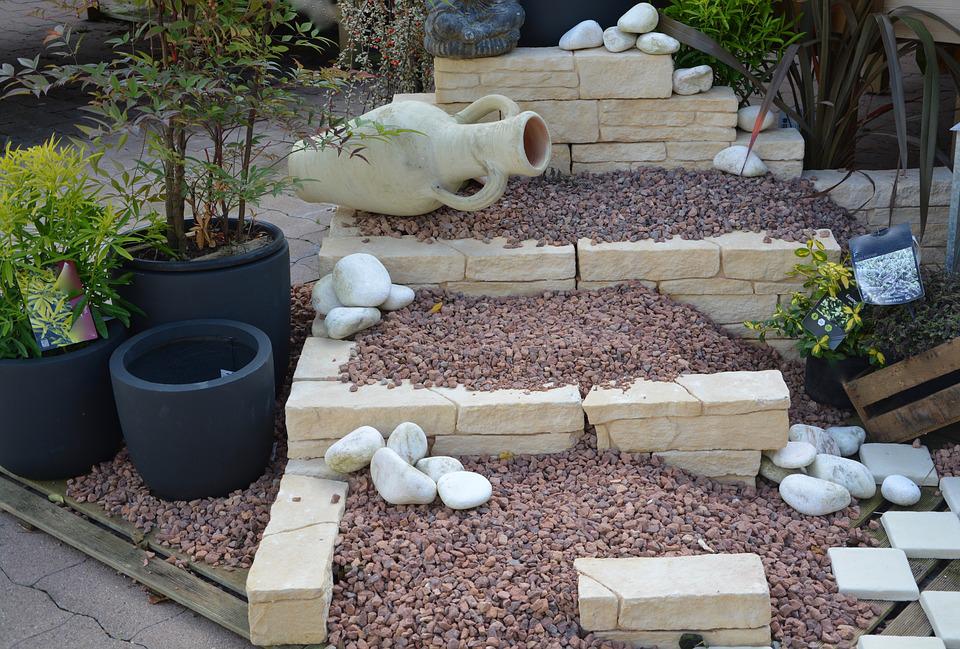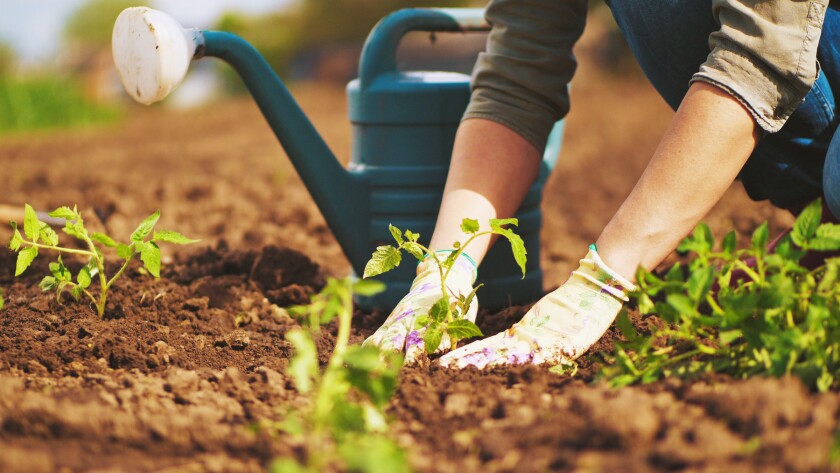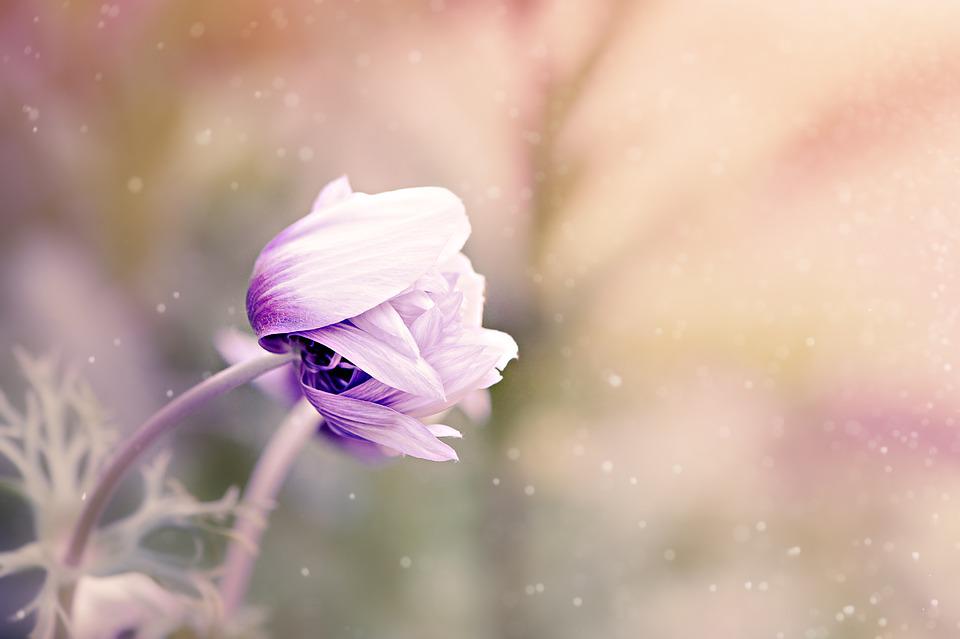5 Steps to Create a Gravel Garden
Contents
– Step 1: Prepare the ground for the future gravel garden
– Step 2: Choose the plants
– Step 3: Plant the plants
– Step 4: Choose and spread the gravel
– Step 5: Maintain your gravel garden
In addition to its aesthetic aspect, a gravel garden has many advantages: gravel ensures excellent soil drainage, preventing rotting of the plant collar. It is also a durable and efficient mulch, making garden maintenance more straightforward: the few weeds that get through the gravel layer are easily removed.
On the other hand, a gravel garden requires careful soil preparation and a wise choice of plants.
Step by step, here is our tips for creating a gravel garden.
1. Prepare the ground for the future gravel garden
Define the location
– Choose a sunny and clear exposure.
– The paths must be wide because the path/massif boundary is not precisely delimited, and the borders will be quickly colonized.
– You can play with the space by creating differences in level with slopes or embankments.
Weed the site of the future gravel garden
There are three possible methods for clearing the area:
– Traditional wedding (for a small area):
– If the area has taproot plants (dandelions, thistles), use a gouge or weeding knife to extract the roots without breaking them.
– Then, weed the entire area with a spading fork without turning the soil over to not break and fragment the rhizomes of weeds such as bindweed and quackgrass.
– Remove weed roots by hand and collect them immediately in a basket for later burning (especially bindweed and quackgrass roots).
– Weed by “solarization” (for larger surfaces): put an opaque cover in place for several months.
– Weed with a systemic weed killer: spray glyphosate on the entire surface of your future gravel garden.
Work the soil
– If your soil is well-drained, aerate it with a spading fork.
– If your soil is heavy and not well-drained, spade it and incorporate sand to about 30 cm.
Spread compost
Since you will not be able to amend and enrich your gravel-covered soil afterward easily, take advantage of this opportunity to spread a good layer of compost while there is still time, at a rate of 2 or 3 kg per m2.
2. Choose the plants

Choose species which thrive in a gravel garden, for example:
– Agave, thyme, oregano, sage, santolin, lavender, perovskite…
– Sedum, dianthus, saxifrage, sempervivum, phlox, bearded bellflowers, alpine blue thistle, alpine knapweed, alpine gentian, Bavarian gentian, spring gentian, wood cranesbill, yellow iris, orange lily, wood cow-wheat, dwarf forget-me-not, spiky primrose.
However, any other choice of plants is possible if the soil has been well prepared before receiving the gravel layer. Aesthetically, the following plants often look great in a gravel garden:
– Grasses: blue fescue, Stipa, Calamagrostis, miscanthus, transparent Molina, Stipa arundinacea, Stipa gigantea, sesleria, corynephorus, Agropyron magellanicum.
– Succulent plants: houseleeks and sedums.
– Other plants: yarrow, agapanthus, anthemis, mugwort, Euphorbia characias, polychrome euphorbia, hellebore, marjoram, lavender, sage, Jacob’s rod, garden poppy, Bulgarian garlic, donkey thistle, giant panicum, gauras, allium, yellow asphodel, angel fishing rod, tuberous phlomis, Verbascum bombyciferum, anthemis EC Buxton, artemisia camphorata, artemisia ‘Valerie Finnis’, bergenia, diascias, Buenos Aires verbena, gaura lindheimeris, kniphofia…
– Shrubs: velvetleaf, buddleia, rockrose, lavatera shrub, velvetleaf, cottonwood, tamarisk, red-leaf rose, large melianthus, privet, rhus.
3. Planting
– If you have laid down a geotextile felt, make a cross-cut to plant each plant.
– Plant the plants at slightly greater distances than those recommended for a conventional garden: they will stand out better, and since you will benefit from a permanent mulch, you do not have to worry about leaving part of the soil bare.
4. Select and spread the gravel

Choose the gravel
Since transportation costs are high, choose a quarry closest to your home: don’t hesitate to visit several and compare the quality of the rock.
– Choose gravel with a grain size between 5 and 10 mm.
– Choose a light colour, such as light ochre or light gray. Avoid white, which is too dazzling and messy.
– You can combine gravel with pebbles to enhance the edge of a terrace, a landing…
Calculate the quantity of gravel needed
Knowing that a 5 to 7 cm layer of gravel is needed and that 1 m3 of gravel weighs 1.8 tons (1,800 kg), the formula for the quantity of gravel needed per square meter of the surface is as follows
1800 ÷ 100 × 6 = 108 kg per square meter of area
Spread the gravel
Spread the gravel around the plants with a shovel to form an even 5-7 cm layer.
5. Maintain your gravel garden
To help your plants take root:
– Water often at first, and then space out the watering periods.
– Keep the gravel clean and clean the plants regularly.
– You will also have to take care of weeds; they are easy to eliminate. You can use a chemical weed killer, applied with a brush on the beds and a ramp in the paths.
Materials needed to create a gravel garden.
Thick opaque tarp
Compost
Weed killer
Geotextile felt
Spade fork
Gouge
Gravel
Grelinette
Shovel
Pressure washer
Sand




